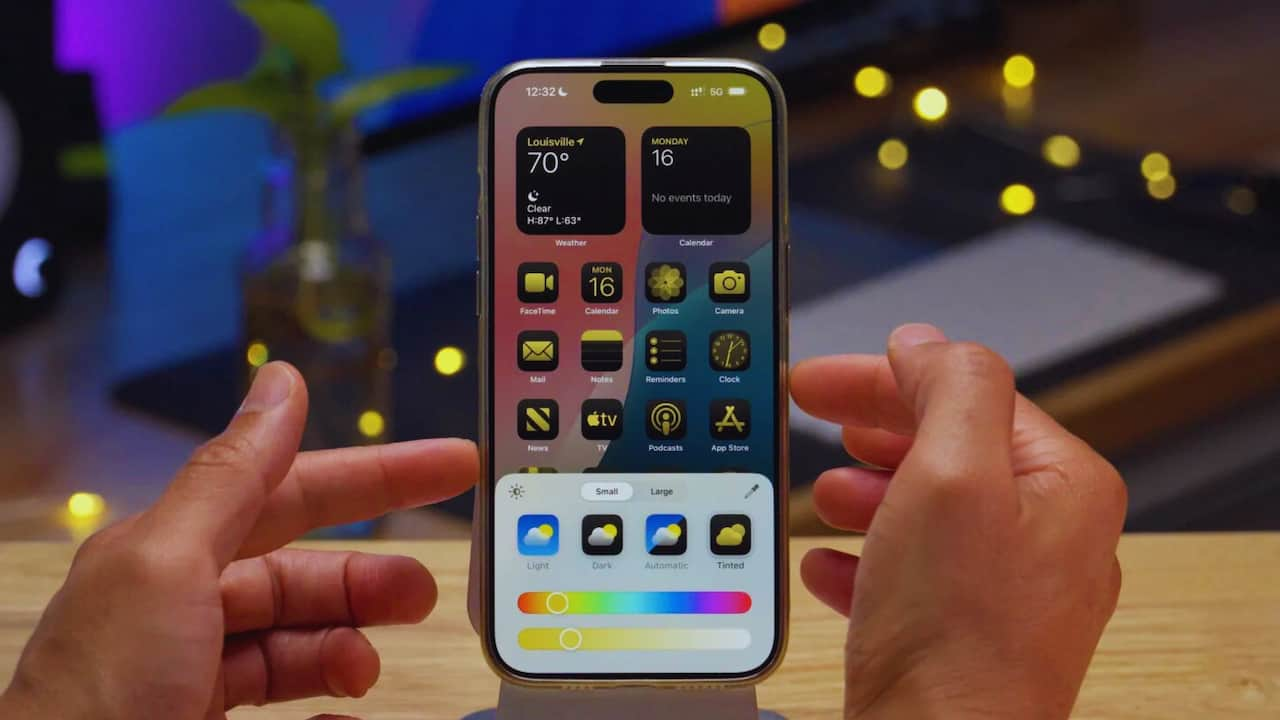Apple’s iOS 19 Rollout Strategy Signals Shifting Priorities in Tech Giant’s Development Timeline
Apple Inc. is making waves in the tech community again, but not for the reasons you might expect. The company’s decision to postpone many iOS 19 features until spring 2026 marks a notable shift in its software development strategy, leaving many industry watchers and consumers wondering about the implications.
According to trusted Bloomberg reporter Mark Gurman, the delay affects “a larger-than-usual number of features” originally planned for iOS 19’s initial release. These features will not be available until iOS 19.4 debuts in spring 2026, months after the base system’s launch.
This move mirrors Apple’s current approach with iOS 18, where the much-anticipated Apple Intelligence features and revamped Siri experience were pushed to a later release window. The pattern suggests a broader change in how the tech giant handles significant software updates.
“Apple’s staggered release strategy reflects the growing complexity of modern software development,” says Sarah Martinez, a mobile software analyst at Tech Insights Group. “But it also raises questions about product launch timing and consumer expectations.”
The postponement mainly affects the new LLM Siri, Apple’s answer to ChatGPT, and Google’s Gemini. This upgraded voice assistant promises to handle tasks more like its AI competitors, but users must wait until early 2026 to experience these improvements.
Looking ahead to next year’s lineup, the iPhone 17 series, including the new iPhone 17 Air, will launch alongside iOS 19’s initial version in September 2025. However, these devices won’t immediately showcase all of the software’s promised capabilities.
This development strategy has sparked mixed reactions from the Apple community. While some praise the company’s commitment to quality over speed, others express frustration about buying new devices that don’t immediately offer all advertised features.
The timing of this news is fascinating, given Apple’s recent market performance. The company has maintained profitability through manufacturing efficiency rather than increased demand while facing challenges with other products like Vision Pro.
Industry Impact and Market Response:
- Stock market analysts are closely watching how this news affects Apple’s share price
- Developers must adjust their app development timelines to align with Apple’s new feature rollout schedule
- Competitors like Google and Samsung might seize this opportunity to highlight their more immediate feature availability
What This Means for Consumers:
- New iPhone buyers should expect a more gradual rollout of advanced features
- Significant AI capabilities won’t be available at launch
- Software updates will continue throughout 2025 and early 2026
The question remains: Is this new approach a temporary solution to development challenges, or does it signal a permanent shift in how Apple delivers software updates? Only time will tell, but one thing is clear – the era of all-at-once major software releases might end.
As we approach WWDC 2025, when iOS 19 will make its first public appearance, all eyes will be on Apple to see how it communicates this staggered release strategy to its eager audience.
